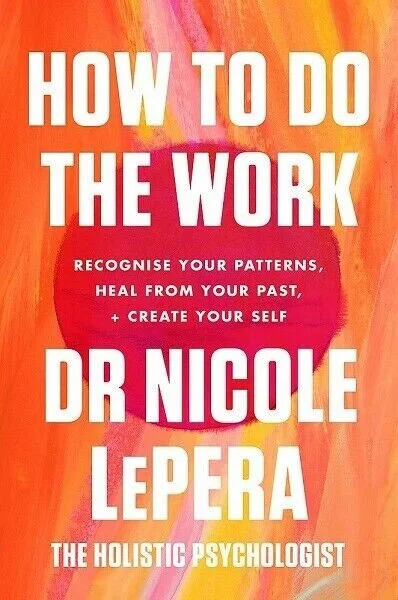The Language Of Getting Needs Met: ‘I’ Messages
Hi, I'm Liz Moser, a Mayo Clinic and National Board Certified Health and Wellness Coach.
In the process of creating long term lifestyle changes, my clients must alter their day-to-day routines. Wellness coaching is all about changing your habits. For the most part, my client’s friends and family are their biggest cheerleaders. Who wouldn't be thrilled as body weight, cholesterol, and blood pressure numbers decrease?
Yet, to achieve those impressive results, my clients must change their behaviors, and those actions do not happen in a vacuum. Therefore, some of their new activities directly involve others.
For instance, a client may no longer want to go out for dessert after a movie, even though that’s what she and her partner have always done. Or a client may want to go to a workout class on the weekend instead of a longstanding brunch date with friends.
As my clients create new habits, they need to develop the essential skill of expressing themselves so that their friends and family still feel loved and appreciated while taking the actions they need to support their desired changes.
In last week’s video, I talked about empowering language. Using ‘I want’ and ‘I need’ instead of speaking in generalities. Using ‘I choose’ instead of ‘I must’ do.
That’s a big first step. Now, how do you communicate those wants and needs to others in a practical, loving, non-judgmental way? Or in a way where someone’s defenses do not pop up, and they are in the space of wanting to listen and ultimately compromise?
How do you do this? I suggest simple ‘I’ messages. ‘I’ messages are made up of 3 parts.
1 - Non blaming description of the other person’s behavior.
2 - The effect on you now or in the future.
3 - The feelings you have about the situation.
Or more simply: Description. Effect. Feelings.
For instance: ‘When you choose restaurant x for our dinner, my food choices are limited, and I don’t enjoy my meal as much as I’d like to if, for instance, we went to restaurant y.’
Non blaming description of the other person's behavior: When you choose restaurant x for our dinner.
The effect on you now or in the future: My food choices are limited.
The feelings you have about the situation: I don’t enjoy my meal as much as I’d like to if, for instance, we went to restaurant y.’
And another example: ‘When I skip yoga for our brunch date. I’m not as relaxed and focused on you and our tasty meal because part of me is wondering when I’ll get my workout in that day’.
Description: When I skip yoga for our brunch date
Effect: part of me is wondering when I’ll get my workout in that day’.
Feelings: I’m not as relaxed and focused on you and our tasty meal
Pretty simple, right? And ‘I’ messages are also useful at work: For instance:‘When you let me know, I'm doing a good job. I'm more effective, and it boosts my morale.’
Non blaming description of the other person's behavior: When you let me know I’m doing a good job
The effect on you now or in the future: I'm more effective.
The feelings you have about the situation: it boosts my morale.
Sometimes in a work situation, depending on the culture, it is appropriate to omit the feeling part of an ‘I’ message. An example of that would be: ‘When you don’t complete the job that you said you’d do. I’m not able to finish my part of the project.’
In sum, 'I' messages are quite useful in expressing our wants and needs without criticizing, blaming, or complaining. ‘I’ messages are comprised of 3 parts:
Non blaming description of the other person's behavior
The effect on you now or in the future.
The feelings you have about the situation.
Or to keep it short and sweet just remember the description, effect, and feelings.
Learning the valuable ‘I’ message technique is essential for anyone navigating long term lifestyle changes, and ‘I’ messages are equally effective at work where you might, depending on the work culture, omit the feelings part of the message. Have fun practicing your ‘I’ messages!
I’m Liz Moser, a Mayo Clinic and National Board Certified Health and Wellness Coach, and thank you for reading this blog about the language of getting your needs met and implementing 'I' messages. If you have any questions about this video, about health and wellness, or wellness coaching with me, please reach out via my website at lizmosercoaching.com
Bye for now and be well,
Liz







